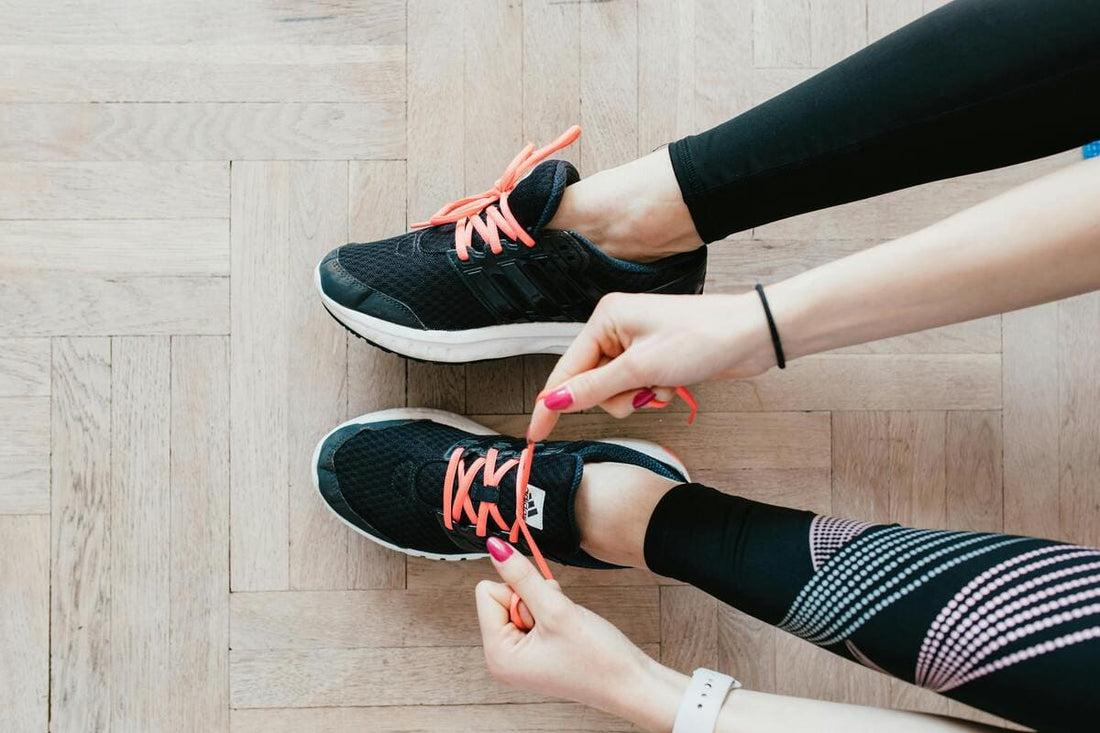Subscribe Us
Subscribe to our newsletter and receive a selection of cool articles every week
5 key exercises for swollen legs

Swollen legs are a common problem that affects many people, both old and young, especially after long days on their feet, in hot climates, after remaining in the same position for a long time or after exercising.
Swollen legs are often caused by fluid buildup or poor circulation, and can cause discomfort, heaviness, and pain. Fortunately, there are exercises, habits, and even treatments you can do at home, such as pressotherapy, that can help relieve swelling, improve circulation, and prevent its appearance.
Causes of why legs swell
Swollen legs can be the result of several factors. The main causes include:
- Circulation problems: When blood flow is inefficient, venous return is affected, which causes fluid accumulation in the lower extremities.
- Fluid retention: Factors such as excessive salt consumption, hormonal changes, or lack of physical activity can trigger fluid retention in the legs.
- External factors: Spending a lot of time standing or sitting, excessive heat, or wearing tight clothing can worsen swelling by hindering circulation.
Benefits of exercises for swollen legs
Performing exercises focused on improving circulation and reducing fluid accumulation helps a lot to all those people who suffer from swollen legs:
- Improved blood circulation: By mobilizing the muscles, we help blood return to the heart, preventing its accumulation in the legs.
- Reduced fluid retention: Regular movement stimulates the lymphatic system and helps remove excess fluid from the body.
- Relief of heaviness and pain: Exercises also reduce pressure in the veins, reducing the feeling of heaviness and fatigue in the legs.
Five recommended exercises for swollen legs
Here we present 5 simple, but effective exercises to improve circulation and reduce swelling in the legs:
- Ankle curls: Sit in a chair and stretch your legs forward. Flex your feet up and then down, alternating movements slowly. This exercise stimulates circulation in the ankles and calves.
- Heel Raise: Standing with your feet shoulder-width apart, raise your heels so that you are resting on the balls of your feet. Hold the position for a few seconds and lower yourself slowly. Repeat several times to activate circulation.
- Gentle squats: With your legs hip-width apart, slowly lower your body into a squat position, as if you were going to sit down. This movement activates the muscles in the legs and promotes blood flow.
- Circular movements with the legs: Lie on your back and raise one leg. Make circular movements with your foot in both directions. Repeat with the other leg. This exercise favors joint mobility and venous return.
- Calf and thigh stretches: Stand in front of a wall, support your hands and bring one leg back with the heel on the floor. Hold the position for a few seconds and switch legs. This stretch reduces tension in the muscles and improves circulation.
Habits and care to prevent leg swelling
Maintaining healthy habits while doing exercises will be key to preventing swelling, as well as other types of circulation problems in the legs:
-
Regular mobility: Avoid spending long periods sitting or standing. If your job requires it, be sure to get up and walk for a few minutes every hour to activate circulation.
-
Balanced diet: Reducing salt consumption and avoiding ultra-processed foods can help reduce fluid retention. It is also advisable to incorporate foods rich in potassium, such as bananas or spinach.
-
Cold showers: Alternating hot and cold water on your legs during a shower can stimulate circulation and relieve swelling.
-
Comfortable clothing: Avoid clothing that is too tight, as it can hinder venous return. Instead, opt for looser, more breathable clothing.
-
Sleeping with your legs elevated: Placing a cushion under your legs while you sleep facilitates venous return and helps reduce swelling the next day.








